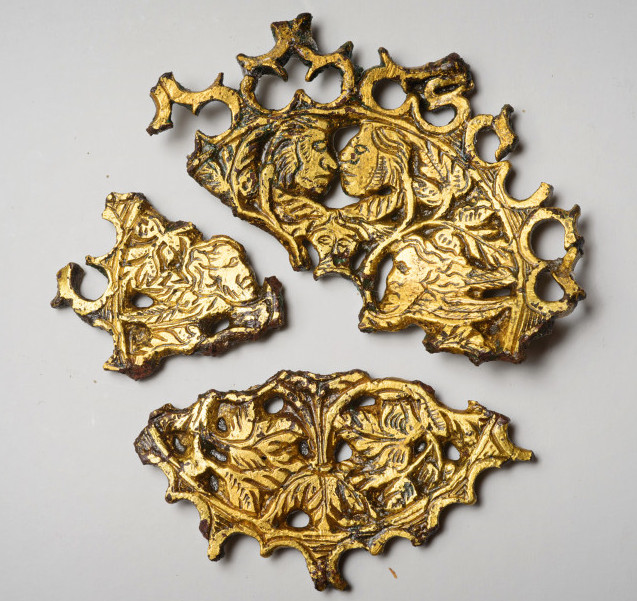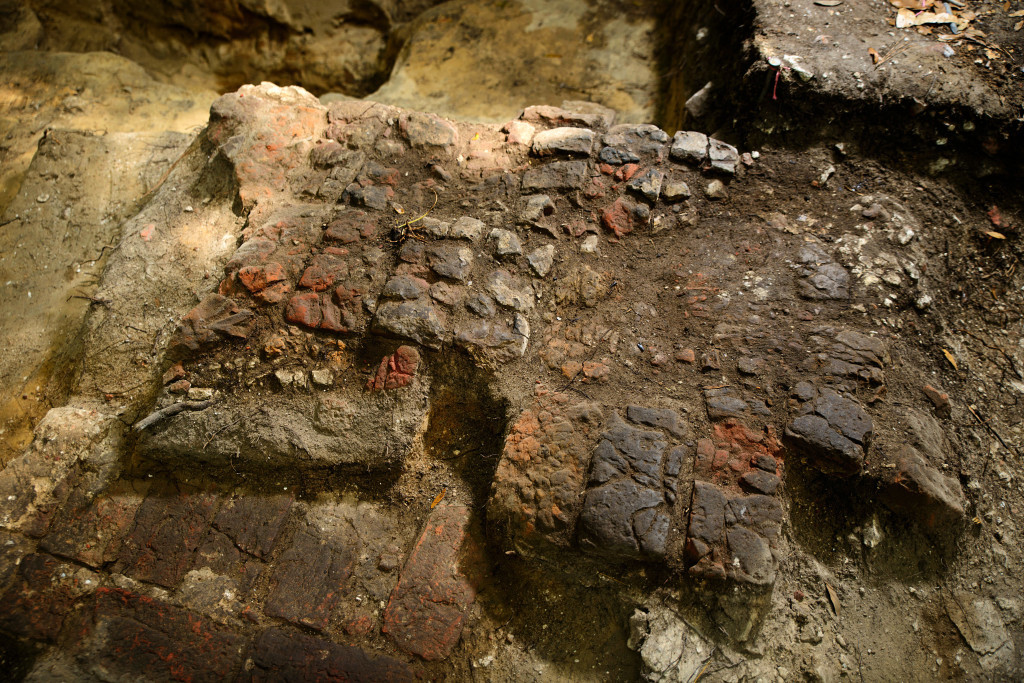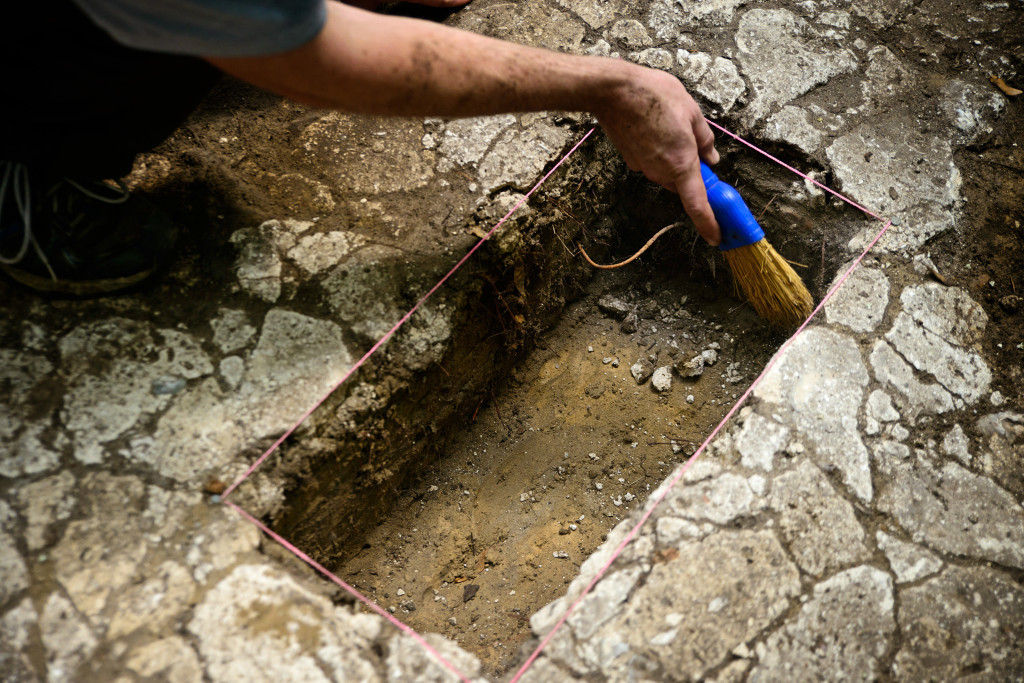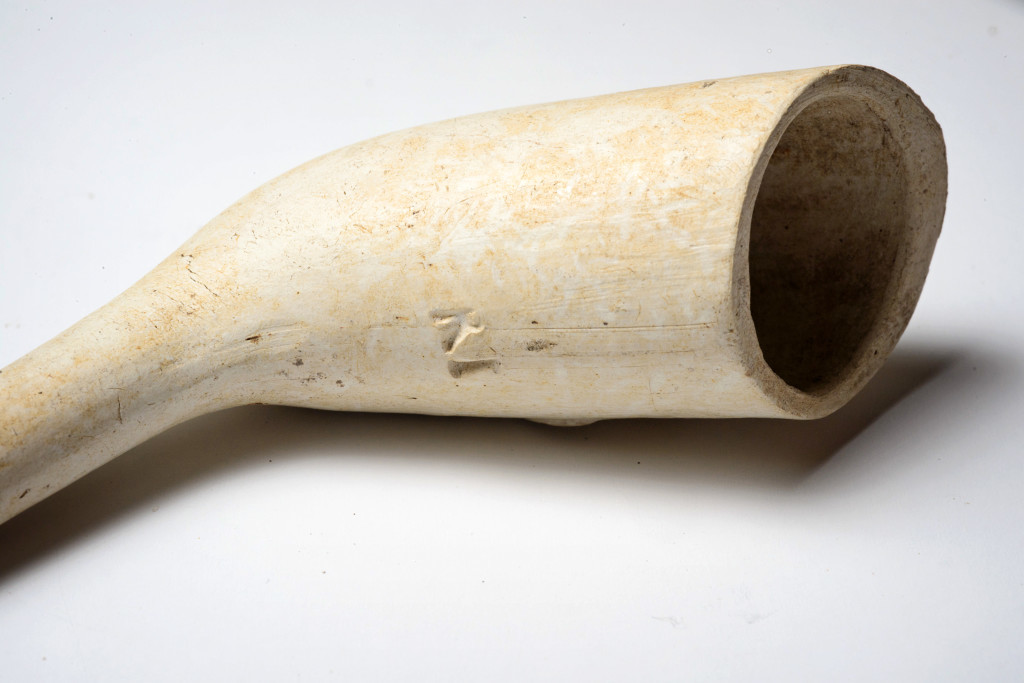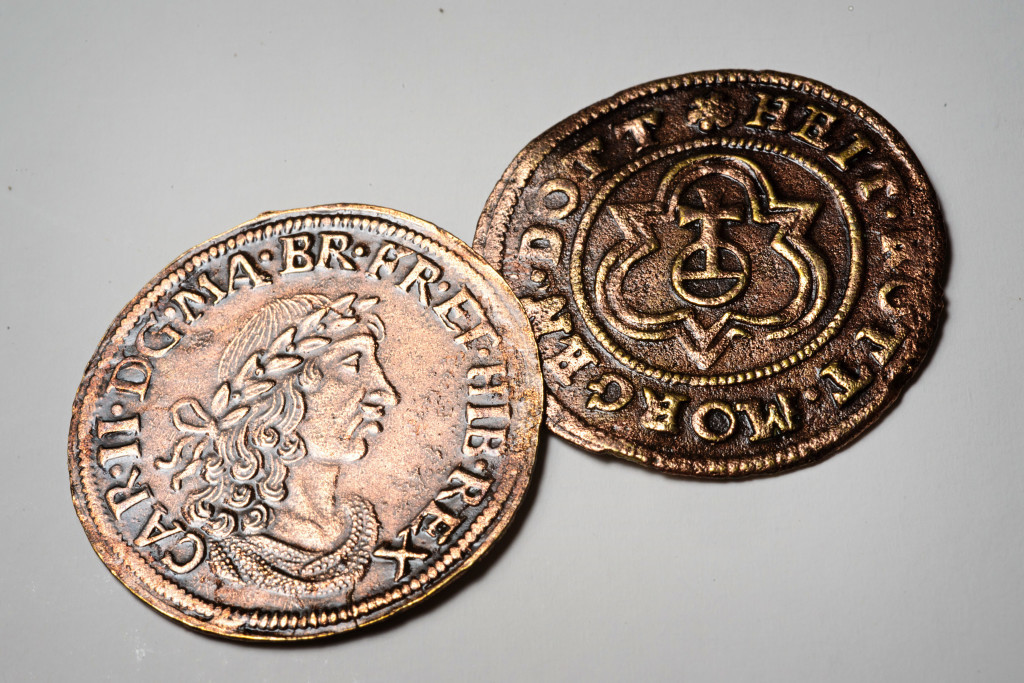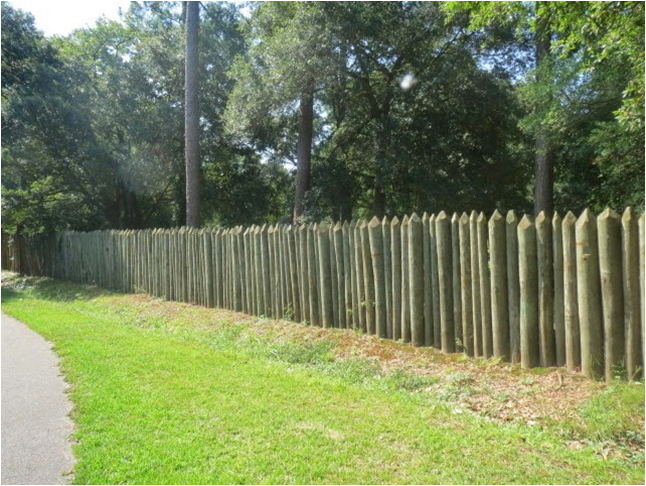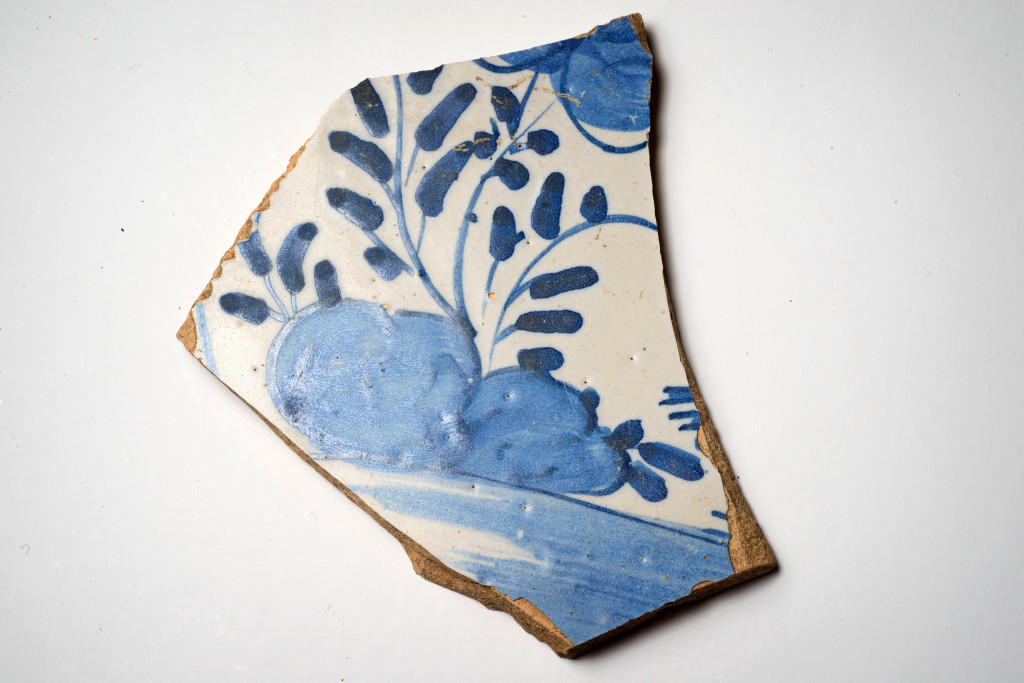Fall 2015: By Gail Crouch.
On a sultry spring day in the South Carolina Lowcountry, students from Salve Regina University in Newport, Rhode Island, and their instructors work in an excavation unit at Charles Towne, where the English founded the first permanent colony in South Carolina in 1670 on marshy Albemarle Point. Some 25 miles up the Ashley River, another group established a fortified settlement with a trading post known as the St. Giles Kussoe plantation.
The colony Carolina, which was populated by the English, Native Americans, and enslaved African, was not a royal enterprise run by the king. It was instead a venture by a group of individuals to turn a profit. And a profit was far from certain. While the Lowcountry’s (South Carolina’s coastal region) 18th– and 19th-century economies were based on lucrative rice, cotton, and indigo plantations, the 17th century was a period of trial and error during which the colonists searched for products that guaranteed their success.
Jon Marcoux, an archaeologist at Salve Regina University, is codirecting an investigation of the Charles Towne colony’s beginnings along with Andrew Agha, an archaeologist with the Charles Towne Landing State Historic Site. They’re focusing on two areas: the Miller site, which is located where the colony was founded, and the Lord Ashley site, where St. Giles Kussoe was established. The two sites “are two different aspects of the colonial experiment,” says Jon Marcoux.
Summary. Read More in our Fall 2015 Issue of American Archaeology, Vol. 19 No. 3
Click To Explore Our Additional Online Images For The Story Below:
- Archaeologists uncovered an intact 1670s brick wall foundation (bottom left) is overlaid by intact brick fireplace hearth (center) at the Miller site. Credit: Patrick Hall
- A researcher excavates the tabby floor at the Miller site. Credit: Patrick Hall
- Researchers recovered this clay tobacco pipe bowl. Credit: Patrick Hall
- Archaeologists found these 17th-century counting tokens. Credit: Patrick Hall
- The Charles Towne Landing State Historic Site features a reconstructed palisade wall. Credit: Andrew Agha.
- A British ceramic sherd of Delft origin. Credit: Patrick Hall
American Archaeology is available on Newsstands and at Bookstores, Annual Subscriptions are available by becoming a Member of the Archaeological Conservancy for a Donation of $25 dollars or more.


